Problems with burrs and tension instability during slitting are often related to equipment parameter settings, material properties, or mechanical conditions. The following are possible reasons and corresponding adjustment suggestions:
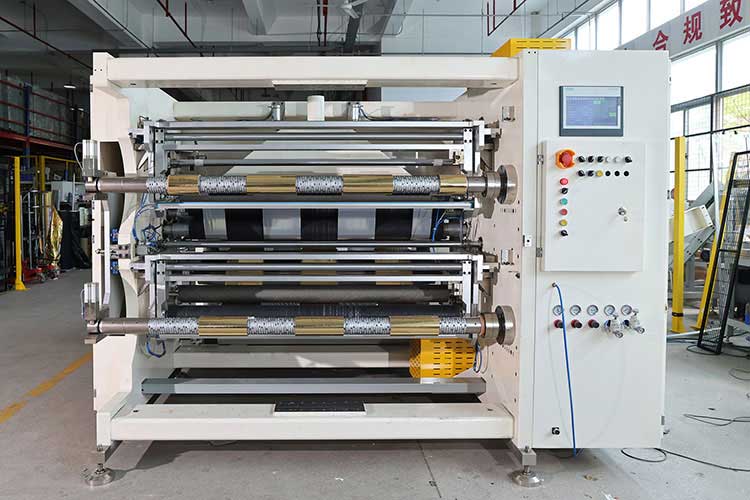
First, burr problems (uneven edges, burrs)
1. Improper blade parameters
◦ Blade Gap: Too large a gap leads to incomplete cutting, and too small can accelerate wear. It is recommended to adjust according to the material thickness (usually 5%-10% of the material thickness).
◦ Blade angle: Check the blade inclination angle (e.g., the angle of the circular knife should be perpendicular to the material), and the blade with severe wear needs to be replaced.
◦ Blade sharpness: Blunt knives are easy to pull the material, check and grind or replace the blades regularly.
2. The slitting speed does not match
◦ Too fast can cause the material to tear, and too slow can increase friction burrs. The slitting speed needs to be adjusted according to the material characteristics (e.g., film, paper, metal foil).
3. Material issues
◦ If the material thickness is uneven or there are impurities on the edges, the quality of the incoming material needs to be checked.
◦ Some materials (such as PP, PE) are easy to melt and stick knives, which can reduce the slitting temperature or increase the cooling device.

Second, unstable tension (material wrinkling, offset)
1. Unwinding/rewinding tension setting
◦ Insufficient initial tension: Too little unwinding tension will cause the material to relax, and excessive winding tension will strain the material. The gradient tension should be set according to the width and thickness of the material (for example, the unwinding tension is 70%-80% of the winding).
◦ Taper control: Taper tension control should be used when winding (gradually reducing the tension with the increase of the coil diameter) to avoid tightening inside and loosening outside.
2. Faulty tension sensor or brake
◦ Check if the sensor is calibrated, whether the pneumatic/magnetic particle brake is responsive, clean or replace if necessary.
3. Guide roller parallelism and air pressure
◦ The guide roller is not parallel, which will cause the material to deviate, so it needs to be calibrated with a level.
◦ Insufficient air pressure in the inflatable shaft may cause slipping, and it is necessary to maintain a stable air pressure (usually 0.4-0.6MPa).
4. Influence of material properties
◦ Elastic materials (such as PET) require lower tension, while rigid materials (such as aluminum foil) can appropriately increase tension. Humidity changes can also affect material tension stability.
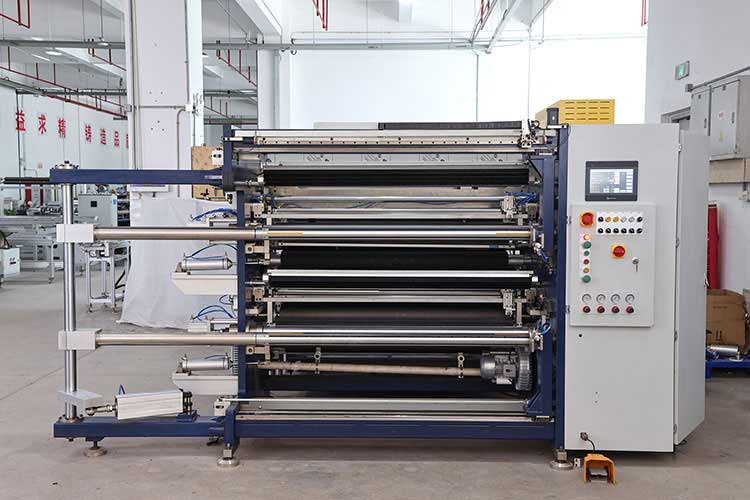
Third, other key parameter inspections
1. Guiding System (EPC)
◦ Ensure that the guidance correction sensor is in the correct position and has moderate sensitivity to avoid oscillation caused by over-correction.
2. Mechanical state of the slitting machine
◦ Check bearings, gears for wear, and loose drive belts, as these mechanical issues can indirectly cause tension fluctuations.
3. Environmental factors
◦ Environments with large changes in temperature/humidity need to adjust parameters or add environmental control equipment.
Fourth, suggestions for debugging steps
1. Static first and then dynamic: adjust the blade clearance and guide roller parallelism in a static state, and then gradually increase the speed at low speed trial cutting.
2. Record parameters: Record optimal parameters (such as tension, speed, blade angle) for different materials to establish a process library.
3. Sectional troubleshooting: If the problem persists, check the tension curve of the unwinding, slitting, and winding areas in sections.
By systematically adjusting the above parameters, the problem of burrs and tension instability can be significantly improved. If it still cannot be solved, it is recommended to contact the equipment manufacturer for professional diagnosis.
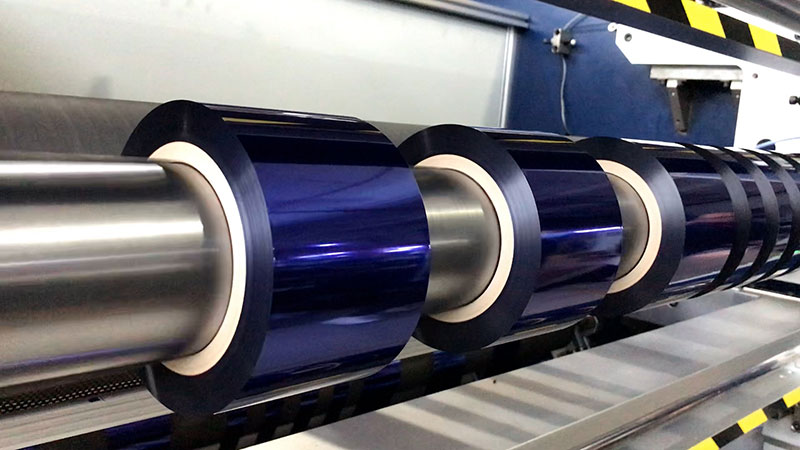
The operation of an hot stamping foil slitting machine is not a simple mechanical repetition but a professional job that requires skill, responsibility, and continuous learning.
05. January, 2026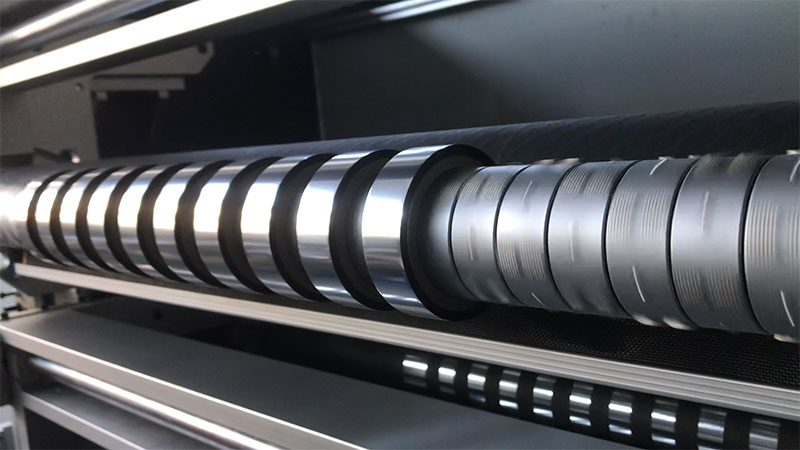
This article will comprehensively analyze the key parameters of hot stamping foil slitting machine selection to help you make an informed decision.
05. January, 2026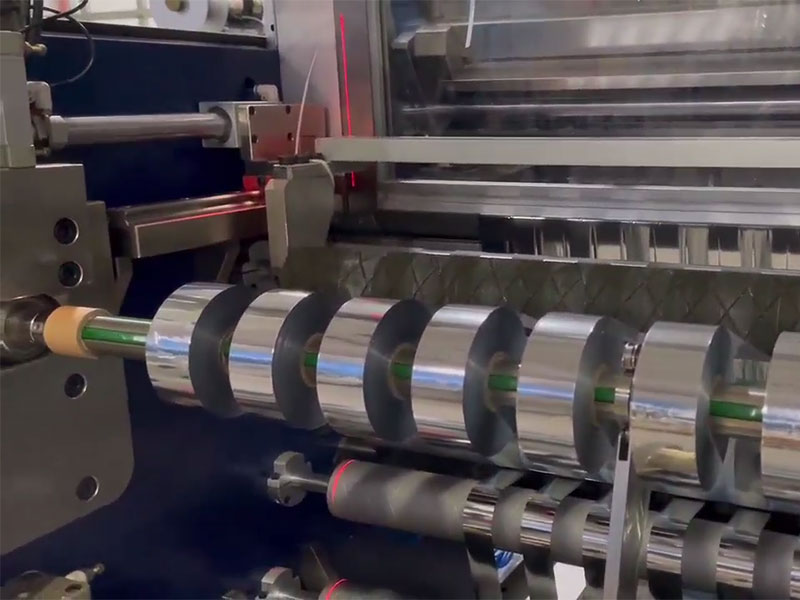
In the face of a dazzling array of brands and models on the market, how to choose an hot stamping foil slitting machine that suits your own production needs?
05. January, 2026
The core criterion for judging the quality of a ribbon slitting machine is its ability to avoid slitting losses.
03. January, 2026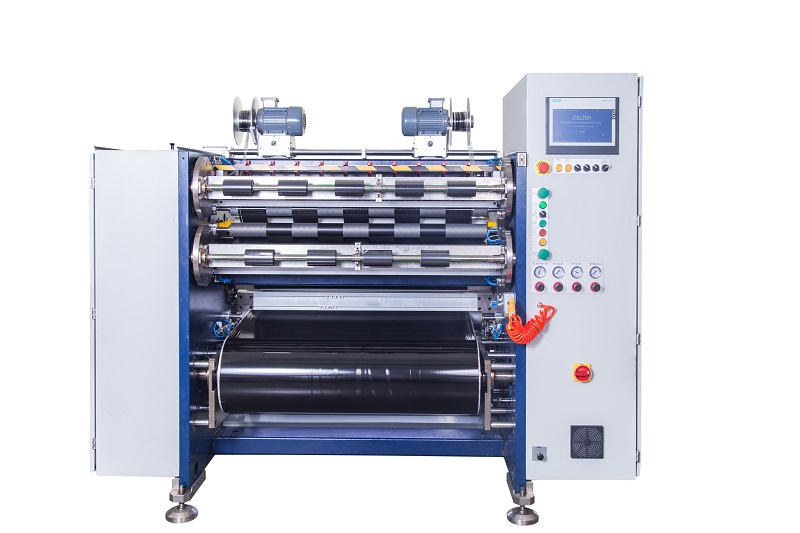
With a wide range of devices on the market, decision-makers are often caught up in the triple factor: price, brand, and performance.
03. January, 2026